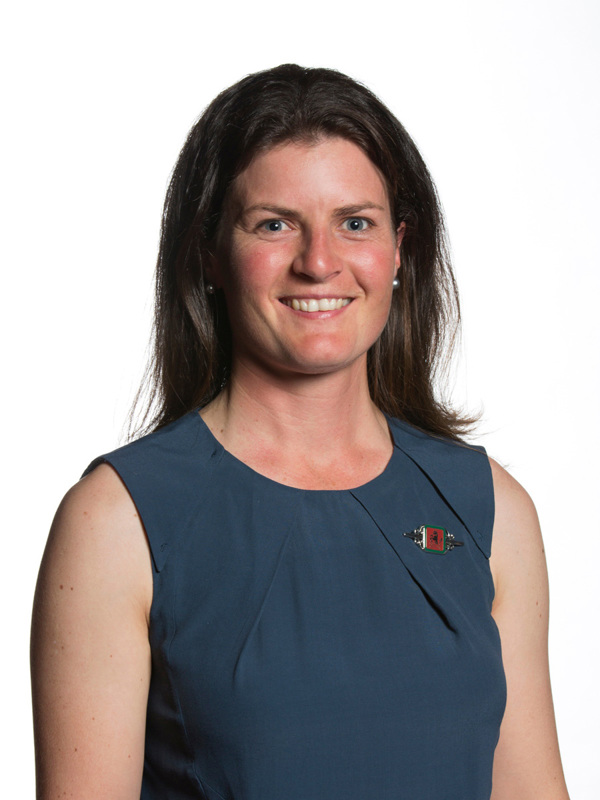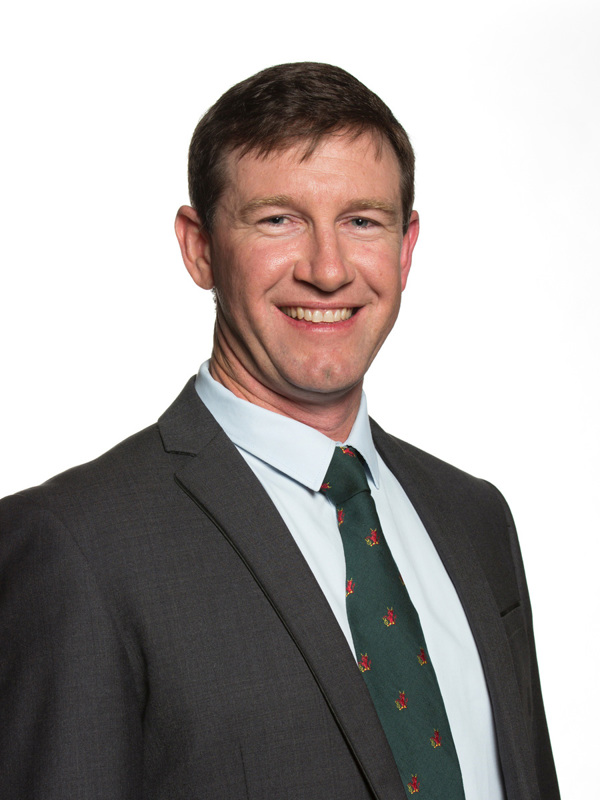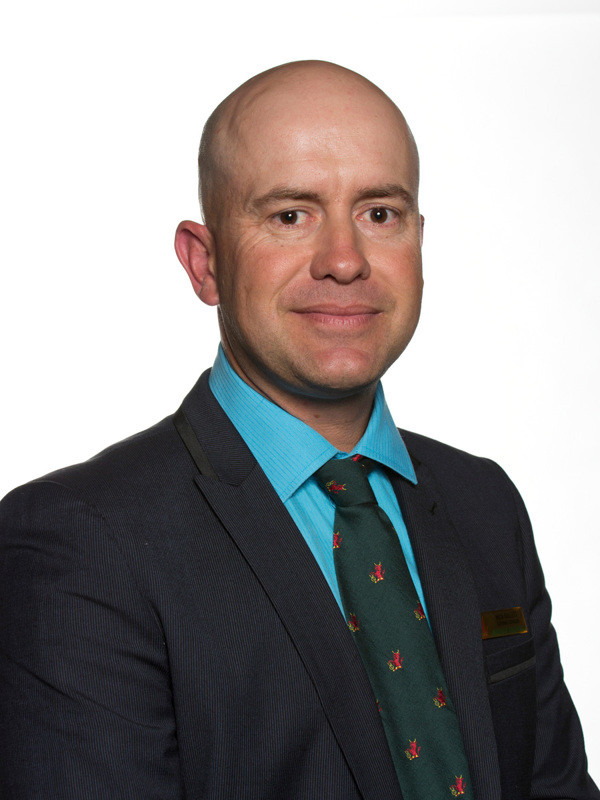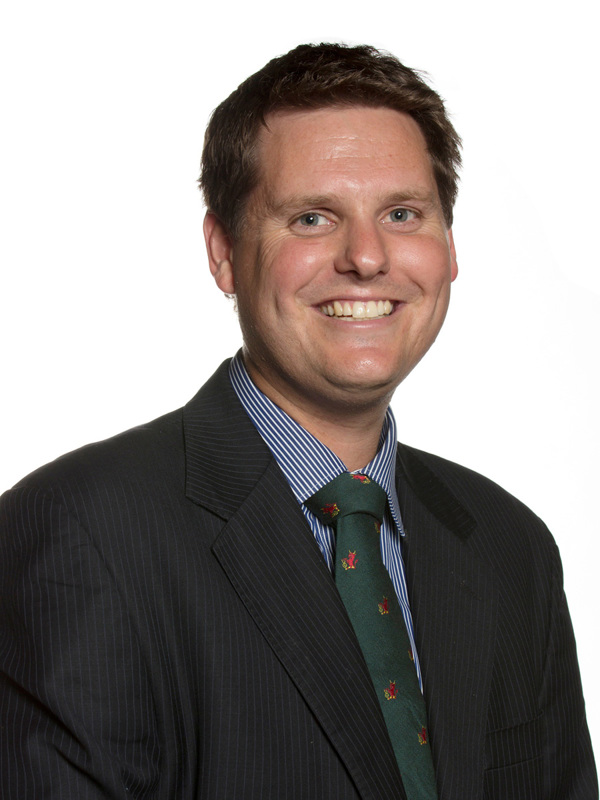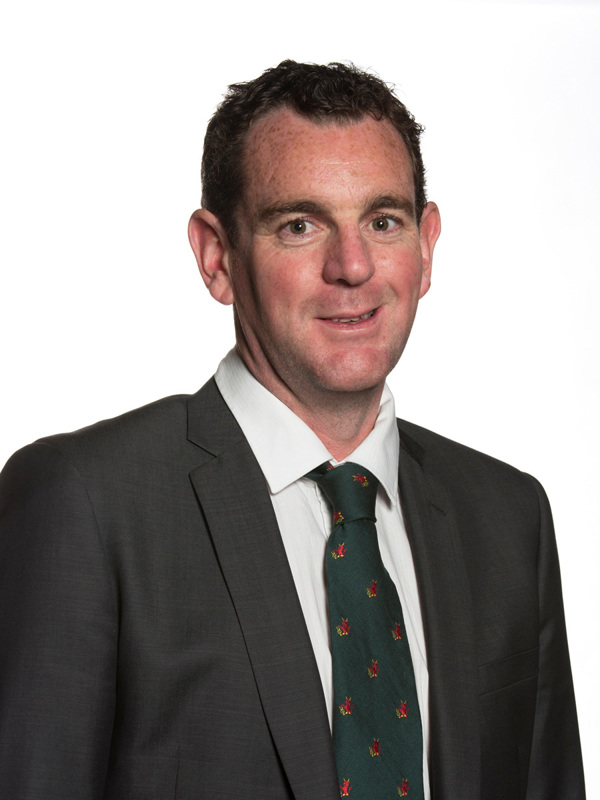
Tim Gubbins

Maximising the Merino
The sheep meat and wool industry is Victoria's third largest agricultural industry by value, but 2014 Nuffield Scholar Tim Gubbins believes the future of this important industry could be even brighter with a greater focus on reproductive potential. The Darlington farm manager is responsible for a sheep flock consisting of 10,000 composite ewes. The operation also includes a winter grazed area of approximately 2,100 hectares, as well as an annual cropping program of around 600 hectares. Lamb losses within operations he has overseen prompted him to look into how he could capture maximum reproductive potential in the stages of lamb conception through to weaning.
“Last year we conceived 10,000 embryos, and if we go really well we will potentially only lose 2,500 to 3,000 of them, which will cost our business between $50,000 and $80,000. This reveals an incredible amount of wastage not only in our business but nationally, where up to 15 million lambs die each year, costing the industry around $56 million.”
Tim's scholarship, supported by Australian Wool Innovation Limited, allowed him to study the reproductive potential of sheep, with a focus on Merinos, from conception through to weaning. His recently released report details his learnings from the two-year scholarship, which included travel to New Zealand, the UK, Ireland and Uruguay. He said that during his travels, he found lamb losses are a concern for farmers worldwide, not only from a production point of view, but also as a major animal welfare issue.
“I found there were a number of global consistencies such as traditional markets, influential breed societies and abortion-causing diseases. Even our systems are not so dissimilar, with indoor winter lambing systems in the UK aiming to preserve paddock feed versus our summer/autumn containment systems designed to preserve paddock feed for winter lambing. In New Zealand, I found that there is a large degree of importance placed on matching mob size to paddock size at lambing, which has a large bearing on lamb survival outcomes. Additionally, I learned about reproductive efficiency in the UK, where ewes are able to wean close to their body weight in lamb.”
He said that the top 10 per cent of New Zealand dairy farmers utilise 90 per cent of their grass, representing the importance of pasture utilisation to livestock production.
“Pasture utilisation, along with other considerations such as achieving target birthweights, setting breeding values, pregnancy scanning and ensuring ewes are fit and not fat, are methods of maximising profitability within sheep production operations. When managed well, sheep can play a very important role within a mixed enterprise through their ability to mitigate the potential downside risk of any single enterprise such as cropping.”
Mr Gubbins has used his global discoveries to make some positive changes at home on the farm, including condition scoring at weaning and pregnancy testing, pasture measurement and purchasing rams with ASBVs (Australian Sheep Breeding Values) to track genetics.
"Whilst currently I am working with composites, I believe the Merino can be the most profitable sheep in Australia in any system, and thanks to my Nuffield Scholarship I aim to drive this belief into reality.”








